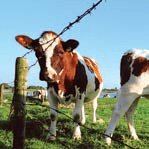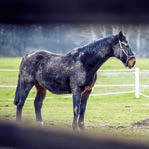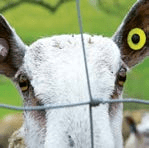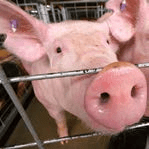- Home
- Industries
- Agricultural Fencing
Discover the Versatile Applications Mesh in Agriculture
We offer a multitude of solutions for the agricultural sector. From crop protection to efficient animal management, our products enhance productivity and sustainability. Explore the possibilities for your farm or agricultural business.
- Crop Protection: Safeguard your crops from pests and animals with durable wire mesh barriers.
- Animal Enclosures: Create secure and spacious enclosures for livestock and poultry.
- Soil Erosion Control: Implement wire mesh solutions to prevent soil erosion and maintain fertile land.
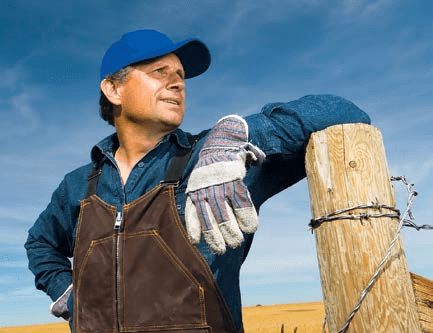
Introduction
Fencing keeps animals contained and marks property lines, acting as either a physical or psychological barrier. Physical barriers consist of strong materials that block movement, while psychological ones use negative reinforcement to deter animals from challenging less sturdy fences. Common materials for livestock fencing include barbed wire, woven wire, and electrified wire.
The type of fence required varies based on the animal’s species, age, and management style; for example, beef cattle and recreational horses need different solutions. Permanent fences use different materials than temporary ones for paddocks, impacting cost, lifespan, and function.
Wire Information
Wire Types
Low Carbon – made from steel rod with carbon content of approximately 0.10%. This type of wire is easy to work with and fairly forgiving.
High Tensile – made with higher carbon steel. The carbon content of this product is approximately 0.28%. This increased carbon content significantly increases the wire’s strength and longevity of the wire.
Protective Coating – Common Galvanization for Ag wire
Commercial – This is the lowest grade and is common on most poultry netting, hardware cloth, and welded wires. Less than 0.28 oz of zinc/ft2 coating.
Class 1 – This is the most common coating on low carbon wire. Greater than 0.28 oz of zinc/ft2 coating.
Class 3 – This is the standard on the high tensile wire products. This coating is more than 2.5 times thicker – 0.80 oz of zinc/ft2 than the industry standard Class 1 coating.
Joint and Knot Information
Hinge Joint – This knot is common in agricultural fencing. It is formed by wrapping the vertical stay wire pieces around the line wire at each intersection. This design can absorb animal impact without damage. The Hinge Joint is the economical knot choice. Acting as a hinge, this joint allows the fence to spring back into shape and give under pressure.
Square Knot – The design uses a separate piece of wire to attach the line wire to the solid stay wire. The Square Knot is smooth to the touch and strong enough to resist animal impact. This knot gives extra vertical strength to withstand impact from larger animals, prevents buckling and sagging, and allows flexibility in the fence when installing.
Fixed Knot – This design is top of the line. The Fixed Knot utilizes solid vertical stay wires, which increase the vertical strength of the fence and allow for increased post spacing. This knot is a separate piece of wire tightly wrapped around the line wire and stay wire and cannot unwind under pressure. The Fixed Knot is very resistant to animal damage and is primarily used for Deer & Wildlife Fencing and Cattle Fencing.
